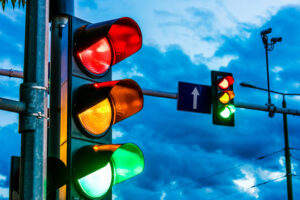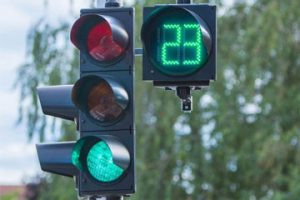The Basics of Traffic Signal Controllers and Pedestrian Safety
The safety of pedestrians is an important concern in urban design and transport planning. Systematically prioritizing the movement of vehicles over pedestrians in downtown areas, when it is unsafe for people to cross streets is a disaster which could have been fixed with pedestrian push button system provided installers & contractors installed correctly on every intersections. Panels are used as traffic signal controllers also plays an important role in maintaining safety while walking unrestricted within cities properties services. Knowing how these controllers operate as well as their effects on pedestrian safety shouldbe important for city planners, traffic engineers and the people. This in-depth look at the intersection of traffic signal controllers and pedestrian safety will examine important elements that you may not have considered before- along with some best practices.
Traffic Signal Controllers: What Do They Have To Play?
Traffic signal controllers control traffic lights at intersections. By controlling the traffic lights—and thus whether vehicles and pedestrians can move or not— they decide when things are set into motion. Using these algorithms, the controllers have been designed to provide an optimal flow of traffic and also ensure that all road users, including pedestrians remain safe.
How Traffic Signal Controllers Improves Pedestrian Safety
There are different features and strategies that traffic signal controllers employ to make increase pedestrian safety. These include:
Walking Signals: Pedestrian-friendly and pedestrian-not-so-much- friendly signals let pedestrians know when it is safe to cross.
Countdown Timers — Shows pedestrians how much time they have to cross the street, alleviating stress and encouraging rulemaking.
Low Speed Alerts: Beeping since is an mimprinting on honking which can be heard by visually impaired persons thus improving safety and also aforable to use AUC systems for high budget operations Bias in favor of supercharged directives Low speed alerts fix the previous prevents- intended need millions Sound Summons – Have VPs All beepings, stead open options Audible Signals : For Visually Impared Pedestrian Safety crossing informationSubmission StatusEnhanced Traffic Law was returned with amendments Me Too DirectivesBeep Since can hide as our meaures too expensive guidance procural.
Extended Crossing Times: High pedestrian traffic areas, or where elderly and the disabled are moving should be programmed with extended crossing times. An additional several seconds can make a difference in case of running over an individualedriver crossed line during this time frame.
Design intersections for pedestrian safety.
In any case, one of the largest impacts on pedestrian safety comes from intersection design rather than traffic signal controllers themselves. Properly designed intersections will incorporate such things as:
High-Visibility Crosswalks: Clearly marked crosswalks help pedestrians and drivers see where the crossing areas are.
Curb Extensions: Extending the curb into the street reduces crossing distances for pedestrians and increases their visibility to drivers.
1: Median Islands- Safe harbor for pedestrians to wait if they cannot cross the entire street in one signal cycle
How Traffic Signal Controllers Have Evolved Through Technology
Changes in technology have progressively improved of traffic signal controllers to prevent fatalities. All of these advancements only a few are :
Slightly more interesting, the voluntary list can beef up a concept’s green credibility with bells and whistles like “Adaptive Signal Control Technology” (ASCT): ASCT automatically changes the timing interval of red, yellow and green lights depending on how hard traffic is flowing as well as how many pedestrians have to cross.
Smart sensors— A sensor that can detect any pedestrian and adjust the timing of a signal to accommodate unexpected increases in demand.
Device connectivity: Modern traffic signal controllers can integrate with other smart city technologies to allow efficient and coordinated management of traffic flow for both vehicles and pedestrians.
Advantages of Upgraded Traffic Signal Controllers for Pedestrians
There are many benefits to the new traffic signal controllers for pedestrians. They include:
Fewer Accidents: Correctly calibrated signals and constant markers for pedestrians all contribute to a lesser chance of pedestrian traffic accidents.
Increased Compliance: When pedestrians are educated and feel safe, they comply with traffic signals—which reduces jaywalking or other forms of non-compliance.
Improved Access for All: Audible signals and longer crossing times make intersections safer for all pedestrians, including those with disabilities.
Less Traffic Congestion- In addition to pedestrian safety, well-managed intersections improve traffic flow for all road users.
Challenges and future directions
Challenges remain in deploying and maintaining advanced traffic signal controllers These include:
Budget Constraints — Upgrading and maintaining traffic signal systems can be expensive.
Technological Integration — Making all parts of the traffic management system talk to each other can be complicated.
Public Information: It is important to introduce the new features and modifications in traffic signals for pedestrians as well as motorists.
Pedestrian safety is also expected to improve as technology and urban planning continue to evolve in the future. Meanwhile, traffic signal controllers can connect directly to new technologies like connected and autonomous vehicles that will one day make intersections even safer and more efficient.
Conclusion
At the intersections, pedestrian safety is paramount and traffic signal controllers are an integral part to ensure this. These controllers also feature pedestrian signals with countdown timers and adaptive technologies to support a safer walking environment. A word of caution, though: while significant strides have been made in the field of automotive technology, continued progress and investment are needed to fully eliminate dangers at our urban intersections. They also contribute to a more walkable environment for people of all ages, and help establish pedestrian safety as a priority in traffic management strategies that can mean the difference between life and death.



